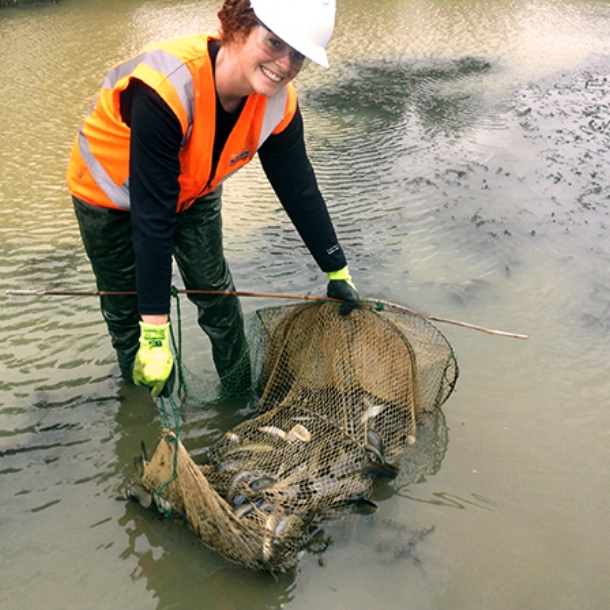Native water life is on the rebound in a surprising place.
Auckland Council stormwater workers have discovered more than 1000 freshwater native fish and eels in a semi-industrial waterway.
Council infrastructure delivery principal Tom Mansell says council staff thought they might find around 50 eels and a few fish when they set nets in the Wairau Catchment.

Ironically, erosion had cut under the North Shore channel creating a habitat for water life, Mansell says.
“In my 14 years of working in streams around the Auckland area I have never encountered this many fish and eels in such a small area,” Mansell says.
Previous attempts to green the stormwater route with wetlands had been unsuccessful.
Built in 2002, the Link Drive Pond and downstream Croftfield Lane wetland were installed to enhance stormwater management while providing improved aesthetic and recreational value, Mansell says.
The wetland was also meant to serve as an additional contaminant filter on the polluted waterway, he says.
But the wetland was decommissioned in 2006 following an alligator weed infestation.
New works should breathe life back into the waterway.
The redesigned Croftfield Lane wetland will improve the water habitat for native flora and fauna while reducing current flooding risks to nearby Tristram Ave commercial properties, Mansell says.
Croftfield Lane’s wetland will help clean stormwater that has passed through the Link Drive pond and other parts of the area that don’t drain into the pond.
The redevelopment shows that “even if a stream has been concrete-lined and modified it’s never too late for restore it,” he says.
The project will also create new public spaces complete with seating and sculptures.
Kaipatiki Local Board chairwoman Kay McIntyre says public works in her board area like the catchment now have a “different dimension” to them.
Functional features like concreting will be sculpted to enhance the created environment, McIntyre says.
“They’re beautifying the site instead of just doing it the old fashioned way and just building the works,” she says.
“They’re looking to make it a place people can go at lunchtime and sit down and take a break.”
Article by Simon Maude > North Shore Times – stuff.co.nz